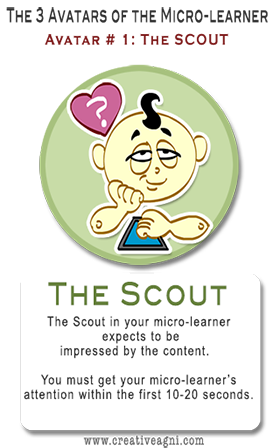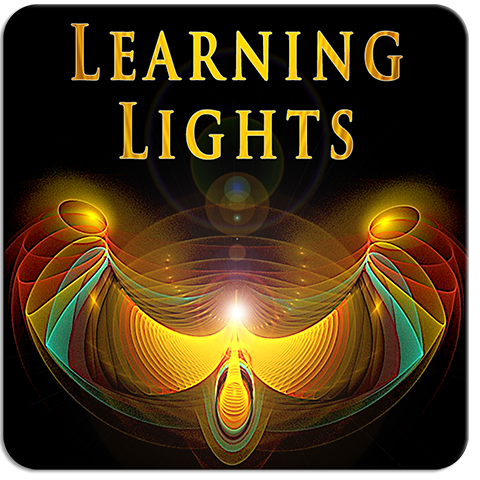This morning I posted my first article on LinkedIn.
Are you wondering why this feat-o-mine warrants a dedicated post on my WordPress blog?
Well, it does, because this is indeed a victory of sorts for me.
You see, I had been planning to make this post for more than two weeks now. I had been reading posts done by my connections, and their connections, and wondering how with such meager accouterments (an extremely basic formatting bar and a minimalist environment,) could one make a reasonably good looking article? I was battling the fear of the unknown.
The Fear of the Unknown
My main cause of anxiety stemmed from the unknown. I didn’t know the interface and I didn’t know how the LinkedIn audience would receive my content, but I knew that I had to take the first step in order to take the next, and then the next…that’s how we learn to walk then run – don’t we?
The fear of the unknown is one of the most debilitating fears of all, and the only way to over come it to learn about the unknown. It may take a while, but it works. I’ve seen it work all through my life. So armed with this hope, I started writing “5 Instructional Weapons to Win the Microlearning War.”
About 5 Instructional Weapons to Win the Microlearning War
It worked with this article too. Microlearning has always intrigued me. Even in our online ID courses that I had designed for Wavelength, I had ensured that none of the learning interactions went beyond 10-15 minutes, and that they did their job in that time – gaining the learner’s attention, establishing relevance of the content for them, providing the learning/providing practice/quizzing them – as the case might be, and leaving the learner satisfied. True that each course had more than a couple of hundreds of those, but each of those learning interactions did their job, and the fact that we had happy and satisfied learners who remember us even after a dozen years, proves that those learning interactions worked.
But those were different times. In the last decade or so, smartphones have changed the whole learning eco-system. In fact, they’ve changed the learner’s persona as well as her expectations.

Never before we had a learner whose attention was so difficult to gain and retain – this obviously means that only those learning providers who would have the right arsenal will win – others will be left behind.
I thought I had something to say – and so I wrote and then made an infographic to go with it. Here’s it. Please head over to LinkedIn and read the full article.
About the 3 Avatars of the Micro-learner
And while I was at it, I saw the true persona of microlearning audience – the triumvirate with three different avatars. Read more about them in the article.



Meanwhile, I’m pleased to announce that I’m feeling rather comfortable with LinkedIn articles now, and if you have any question, I’ll be happy to answer (but remember that little knowledge can be a dangerous thing, and I’m still learning.)
The Thrill of Discovery Replaces the Fear of Unknown
Now that I’ve gotten used to the basic format of the LinkedIn article editor, I’m looking forward to making my next post. I am not sure what I shall write about – but it’s definitely going to be a thrilling experience. I hope to meet you on this ride. If you are on LinkedIn and are passionate about making learning effective, let us connect. Find me on LinkedIn here.








